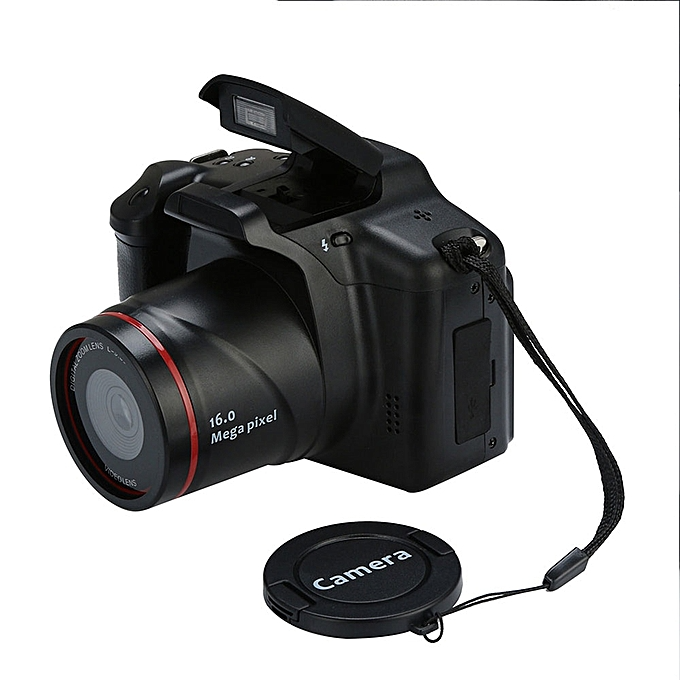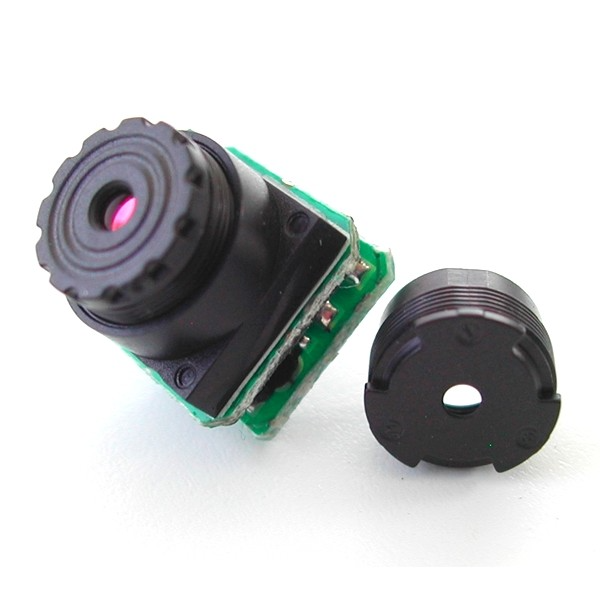The saying “the camera adds ten pounds” has become a widely accepted notion, but what’s the truth behind it? This article aims to explore the factors that contribute to the perception. And that cameras may add weight to subjects in photographs.
How Camera Lenses Can Change Perceptions of Weight
Photography is an art form that relies on the equipment just as much as the photographer’s skill. One of the most critical pieces of equipment is the camera lens, which can greatly affect the perception of weight and shape in an image.
The Science of Lens Distortion
Lens distortion is a phenomenon that occurs when a camera lens produces an image with curved lines that are supposed to be straight, or when the size and shape of objects are altered at the edges of the photograph. This can significantly impact how subjects look in photos.
Types of Lens Distortion
- Barrel Distortion: Common in wide-angle lenses, barrel distortion bulges images outward, which can make subjects appear larger or ‘heavier’ than they are, particularly around the edges of the frame.
- Pincushion Distortion: Often found in telephoto lenses, pincushion distortion causes images to pinch inward, which can sometimes have a slimming effect on subjects in the center of the frame.
The Effects of Focal Length
The focal length of a lens determines its angle of view and, as a result, how much distortion it may introduce:
- Short Focal Lengths (Wide-Angle Lenses): These lenses exaggerate the relative size of objects close to the camera, which can make central subjects appear larger—often perceived as ‘adding weight.’
- Long Focal Lengths (Telephoto Lenses): These lenses compress the scene and reduce distortion, often resulting in images that are more true to the subject’s actual appearance.
Practical Considerations in Photography
When taking portraits, photographers must carefully consider lens choice and camera settings to minimize unwanted distortion and avoid adding perceived weight to their subjects.
Choosing the Right Lens for Portraits
- Medium Telephoto Lenses: Lenses in the 85mm to 135mm range are typically favored for portrait photography as they provide an ideal balance, minimizing distortion while still allowing for a pleasing composition.
Understanding Perspective
The distance between the camera and the subject also affects perspective:
- Close Distance: A close-up with a wide-angle lens may introduce significant distortion, altering the proportions of the subject.
- Appropriate Distance: Maintaining an optimal distance with a medium telephoto lens can ensure the subject appears natural and undistorted.
Conclusion
Camera lenses have a profound impact on the perception of weight in photographs due to the distortion they can introduce. Understanding and choosing the right lens for the job, along with considering the shooting distance, can help in producing images that represent subjects accurately without the added perception of weight. Photographers aim to use these tools to their advantage, capturing portraits that reflect a true and flattering likeness of their subjects.
Perception of Weight in Photography of Camera
Several factors beyond the camera itself can influence the perception of weight in photographs.
Lighting and Shadows
- Harsh Lighting: Strong, direct lighting can cast unflattering shadows that accentuate certain features, making subjects appear heavier.
- Soft Lighting: Diffused or indirect lighting can soften shadows and highlights, resulting in a more even and often slimmer appearance.
Angle and Pose of the Subject
- Angles: Shooting from lower angles can make subjects appear larger, whereas photos taken from slightly above can be more slimming.
- Poses: The way a subject positions their body can greatly affect the perception of weight. Certain poses can add bulk, while others can create more flattering lines and curves.
Psychological Factors in Viewing Photographs of Camera
Photography has the power to evoke emotions, influence opinions, and alter perceptions, which is partly due to various psychological factors that play into how we view and interpret images.
Perception and Interpretation
The way we perceive photographs is shaped by our individual experiences, cultural background, and personal biases, which can change the way an image is understood and valued.
Cognitive Processing of Visual Information
- Pattern Recognition: Humans have a tendency to look for familiar patterns and shapes within images, which helps in understanding and relating to the photograph.
- Emotional Response: A viewer’s emotional response to an image is immediate and can significantly color their perception of the content, including the subjects depicted in the photograph.
The Role of Context in Interpretation
- Cultural Context: The cultural background of a viewer can influence how they interpret the themes and subjects of a photograph.
- Personal Context: An individual’s personal experiences and memories can lead to a unique interpretation of an image that may differ from that of another viewer.
The Mirror vs. Camera Discrepancy
People often have a different reaction to their reflection in a mirror. And compared to their appearance in a photograph, which can be attributed to their psychological relationship with their self-image.
Self-Perception
- Mirror Image: Individuals are accustomed to seeing their mirror image on a daily basis, which is a reversed version of how others see them.
- Photographic Image: A photograph captures a person as they appear to others, which may be jarring if it doesn’t match their self-perception.
Temporal Perception
- Fixed Moment: A photograph is a static representation of a person at a particular moment in time, which may not align with their dynamic view of themselves.
- Continuous Change: People see themselves in motion and from varying angles in the mirror, contributing to a more fluid self-image.
The Influence of Media and Social Standards
The portrayal of beauty and body standards in media can greatly affect how individuals perceive themselves and others in photographs.
Media-Driven Standards
-
- Idealized Images: The proliferation of idealized and often edited images in media sets unrealistic standards for appearance. And impacting self-esteem and body image.
- Comparison: Viewers may compare themselves. And others to these idealized images, which can influence their perception of weight and appearance in photographs.
Conclusion
The psychological factors involved in viewing photographs are complex and deeply personal. From cognitive processing to cultural influences and the impact of media, our perceptions of images are shaped by a multitude of internal and external elements. Recognizing these influences can lead to a more nuanced understanding of photography’s role in shaping our view of the world and ourselves.
Conclusion of Camera add weight
While it’s a common belief that cameras add weight, this phenomenon is often the result of lens distortion, photography techniques. And psychological factors rather than an actual increase in weight. Understanding these elements can help both photographers and their subjects achieve more accurate and flattering representations in photographs.





